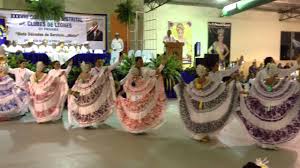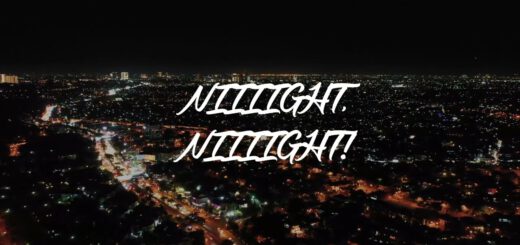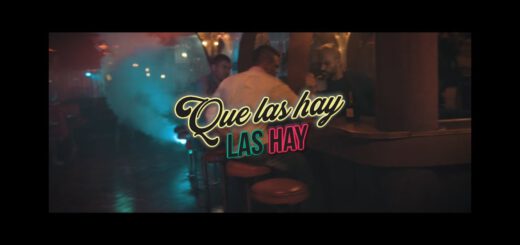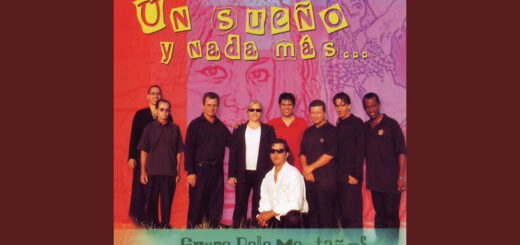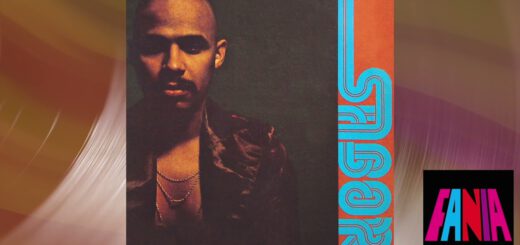Working the Crowd: A DJ’s Guide to Keeping People on the Dance Floor
To us, there’s nothing worse than the idea of playing to a crowd that’s just not feeling it. Consequently, we obsess over keeping people moving. We’re always thinking about crowd dynamics and how to maximize guest participation. With that in mind, we bring you this guide. Any DJ should try to keep these basic principles in mind regardless of whether he’s working a club, a wedding or a bar mitzvah.
1. Work for the Crowd Until the Crowd Works for You
Imagine it’s broad daylight in the middle of times square one day. Music starts playing, and a bunch of people spontaneously drop what they’re doing and start dancing. We’re not talking about a flash mob or some kind of planned event where people organize dancing. Imagine a bunch of complete strangers just heard a beat they liked and started moving and shaking in front of everyone. That would never happen right? DJs need to remember that most of the world is not a nightclub. The idea of dancing is unnatural to most of the people in the crowd.
That’s why it’s up to you to show them from the second you turn on the mic, that while you’re playing, dancing is the only natural thing. Cultivate an environment that’s fundamentally different than the one outside the exit doors. Make them realize from the get-go that the rules are different here and there’s nothing stopping them from dancing to their heart’s content. Getting people to dance means overriding years of social conditioning, but luckily social conditioning is a two way street. Once you convince most people in the room that dancing is the thing to do, it will become harder not to dance. This is the most basic principle of crowd psychology that any good DJ needs to be working towards, and everything else in this article is stated with this basic idea in mind.
2. The Question of Lighting
The best thing you can do to help encourage people to break out of their comfort zone and get on the floor is to change up the lighting. In doing so, you change the entire atmosphere and make guests realize that the rules of social behavior are totally different here. First and foremost, keep the room dim to dark. People feel less inhibited in the dark. They’re less visible and therefore less self-conscious. People are more inclined to try new steps and dance with other guests (even strangers). Second, if you can include lighting effects, do that too.
Special lighting effects are the ultimate in changing up the environment. People connect
with the music more strongly if they have the visual addition of lighting, not to mention, the draw of the lights will make each individual dancer less visible and even less inhibited.
3. Don’t Give Them a Reason to Leave
The slightest distraction from the music is going to be enough for people to leave the floor. That’s why it’s your job to minimize the list of things that distract from dancing. Keep the doors closed if you can. People will be less inclined to filter in and out.
Also, work on your transitions. Most people take a pause between songs as a cue to exit if they’re tired so try to make the time between tracks tracks seamless. You want to create the illusion that everything you play is really one long piece of music.
Finally, find the right balance for how loud you play. This will vary depending on the event (obviously your nightclub music should play louder than your wedding music) but just know that every place has the perfect volume. If you’re too loud people can be driven away and if you’re too quiet people may never come to the dance floor in the first place.
4. Tend to the Wallflowers
Don’t get caught up in playing to the people who are already on the floor. If their first reaction was to start dancing then obviously it won’t take much work from you to win them over. Instead, look at the people who are clinging to the walls or holding onto the bar like a life raft. These wallflowers are the ones you should be playing to. A lot of DJs get it in their head that these guys think they’re too cool for dancing, or just not the dancing type. The thing you have to remember is that the vast majority of the time, they really want to dance. They’re at a club. They’re looking on at a crowd of people having the time of their lives on the dance floor. Of course they want to be a part of it. But most of them are reluctant because they don’t think they can fit in on the floor. Self-consciousness is usually the only thing that’s holding them back from running out there with everyone else. It’s up to you to set a tone where they can’t restrain themselves anymore. Find a beat that they can’t stand still to. Basically, make them an offer they can’t refuse.
5. Be Interactive
Part of being a DJ is being in the moment. You’re not there just to push the play button. You’re there because you can communicate with the crowd. Don’t ever get so wrapped up in the music that you’re not watching the people around you, thinking about what they’ll respond to. Don’t be afraid to change up a playlist if you think you have an idea of something they’ll like better, and don’t be stingy about taking song requests.
If you’ve got a more engaged crowd, try to hook them early on with a group activity. Use sing alongs or dances with specific dance steps that everyone knows to get their attention. If you can unite the crowd with some common ground, they’ll be comfortable right away.
And even after you’ve won the crowd over, remember that they still require a bit of maintenance from time to time. Try to get them to cheer or to repeat after you. This is an age-old practice for all kinds of performers that’s proven to build up a rapport.
Basically, don’t sell yourself short. If you got into this line of work, you want to engage with people through music, so do it. Be spontaneous and have a good time, because if you’re not having fun, the dancers won’t either.


